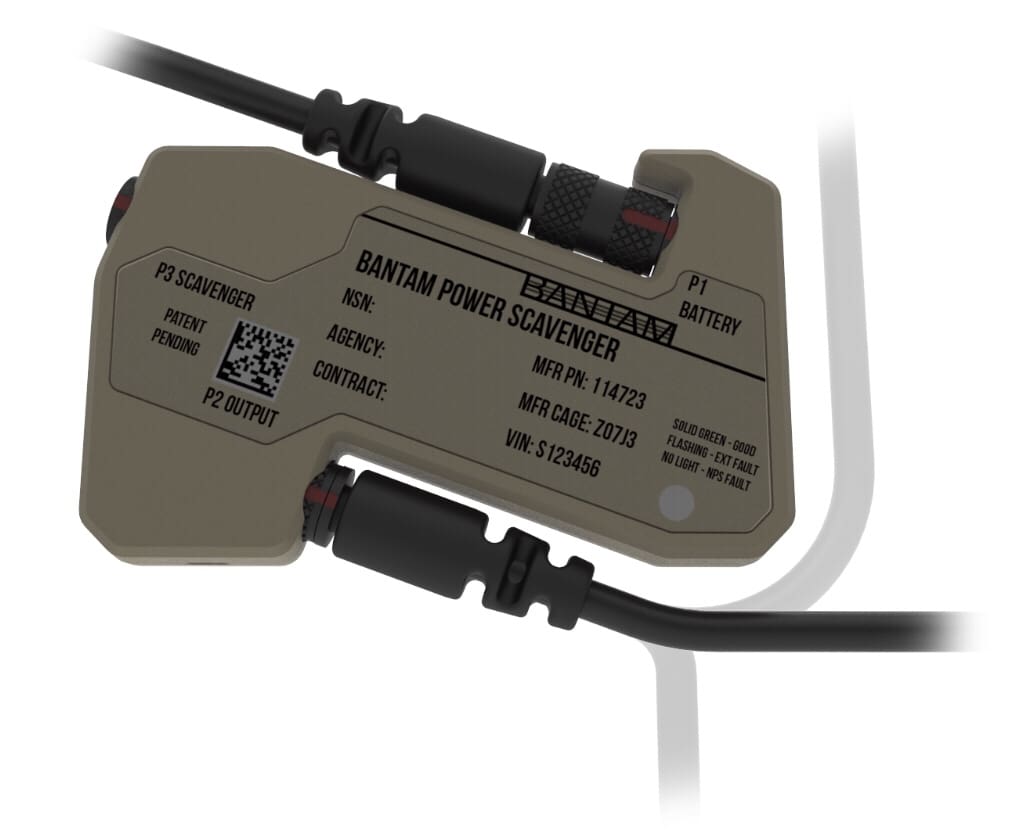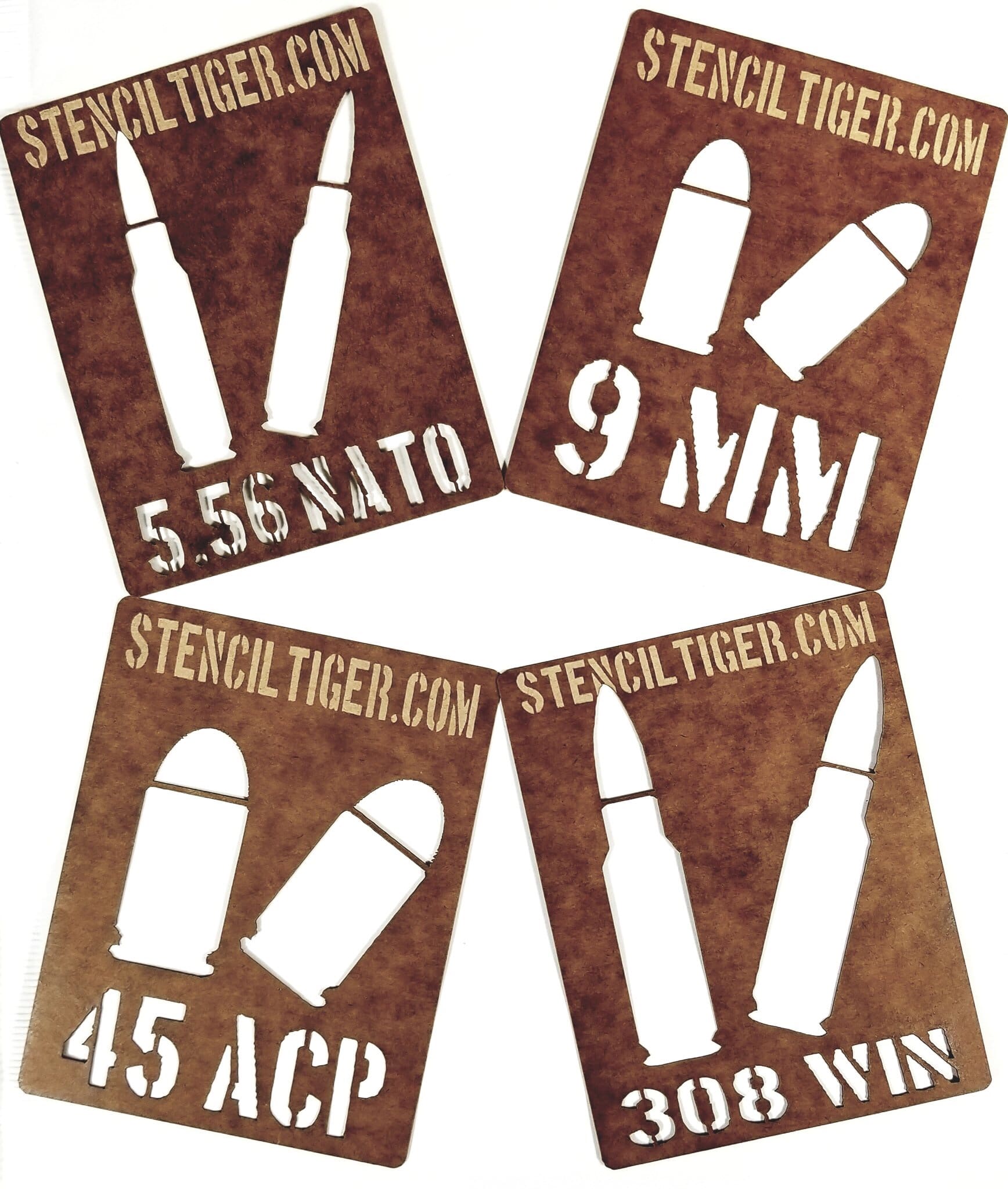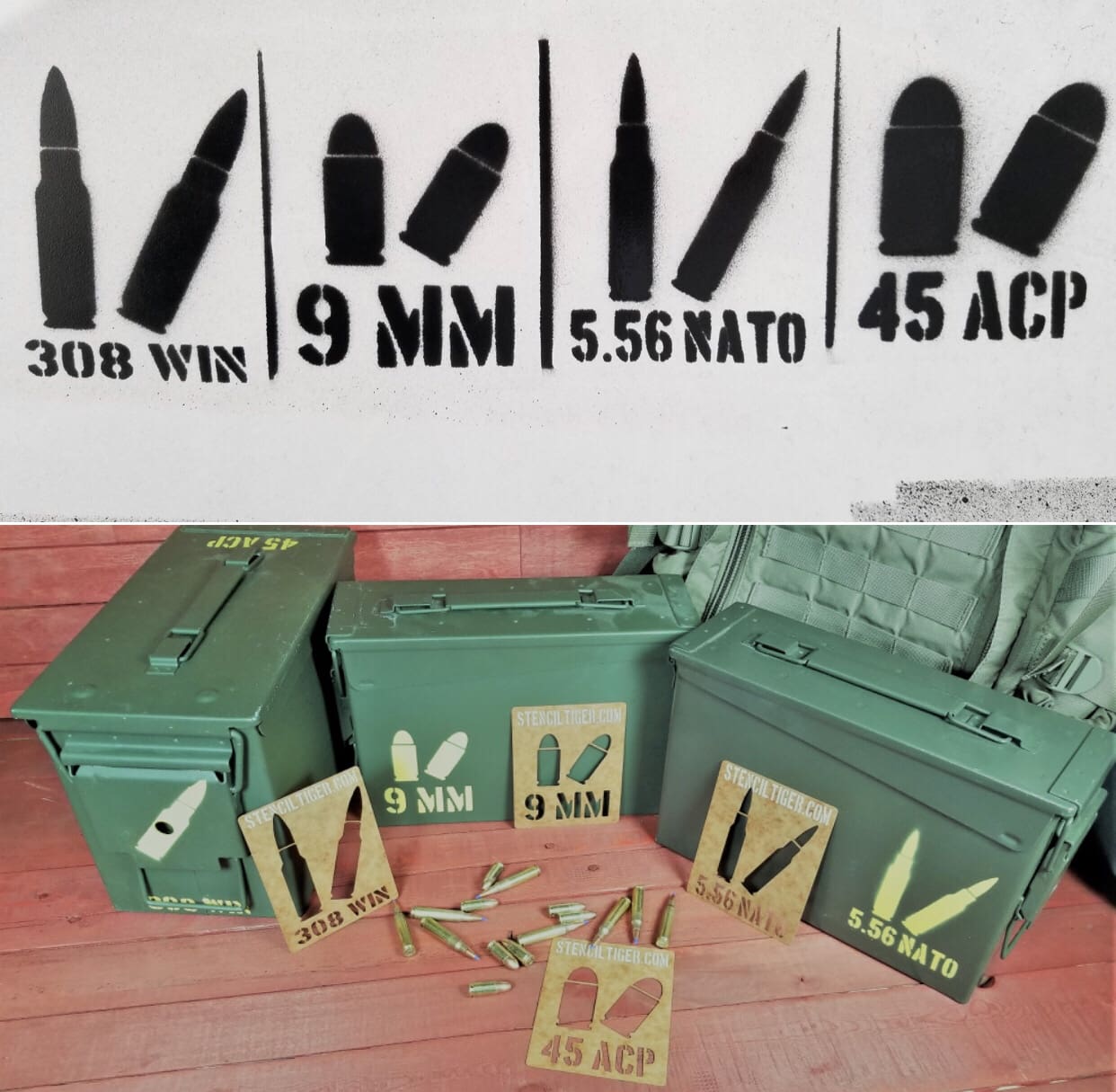For more information, contact jrinder24@gmail.com.
Those who have attended a Northern Red CQB course fully understand our philosophy on Opposition Based Training. We incorporate Force-On-Force iterations throughout our curriculum because we are acutely aware of the vast benefits it provides. Northern Red only concerns itself with TTP’s that address, and defeat active resistance. This is reflected in all of our marksmanship and tactics based programs of instruction. Using live role-players who will fight back is the means in which we apply this ideology during Close Quarters Battle training. Today, we are going to discuss the purpose and benefits of utilizing force-on-force training. We will also identify several key elements that will ensure the desired end state of opposed training is continuously met.
Mike Tyson said it best when he stated, “Everyone’s got a plan until they get punched in the face.” This is an outstanding quote from a professional in a combat sport that directly correlates to the main reason we stress the use of opposition based training; Vetting Tactic’s, Techniques, and Procedures. How many fighters that faced Tyson during his prime had the perfect fight plan? They trained and implemented what they thought would work against him, only to find themselves on their backs staring at the ceiling. So what went wrong? Was their plan wrong? Were their tactics inferior? Were they simply overwhelmed by superior skill and ability? The answers to these questions can be debated, but we feel the main reason they were unsuccessful is crystal clear. They did not train against someone that resembled the speed, power, and style of fighting that Tyson possessed. Once they got hit with that type of power, it was overwhelming and usually led to a quick and painful demise. Just like combat sports or hand-to-hand fighting, the only way to truly vet a combat based TTP is to test it against strong and consistent resistance. If no one fights back, you can literally employ any technique you wish and come out on top. From one man clearing techniques, to overly complicated ways to navigate through hallways and intersections; if you do not encounter real resistance, you will always “seem” to be successful. This non or passive resistance style of training breeds a false sense of confidence in TTP’s that have never been truly vetted. Many TTP’s brief well, but the true test is if they consistently work against a ready, willing, and committed opponent.
Another reason for implementing this type of training is the real-world atmosphere it provides. Fundamentally, force-on-force training is the most accurate representation of combat that can be administered in a safe and controlled manner. Opposition based training induces stress, allowing assaulters and leadership to understand how they as individuals, or as a team, handle dynamic and chaotic situations. Very few people become overwhelmed when shooting paper targets. This is obviously the optimal setting used to instill the fundamentals of any TTP. However, if we constantly stay in this comfort zone, we are setting ourselves up for failure. We must provide an environment that will induce the physiological effects of stress, and provide it as often as possible. Through mental preparation and the proper training, we can learn to cull these effects, catching their onset and having the means to deal with them accordingly. Furthermore, fighting a person has a completely different feel than encountering static targets. Dummies and paper do not shoot, move, or communicate. We have rarely seen students shoot paper targets without acquiring their sights. They shoot these targets the same way they do on the range. On the other hand, we frequently see students engaging live role players looking over their aiming device. Why? Seeing a human behind your sights is different than seeing a two-dimensional piece of paper. Force-on-force training is the only way to attain and understand the sensation of acquiring your sights on a real person and deliver enough rounds to the right location in order to eliminate the threat in a non-lethal environment. In our opinion, simulators are a waste of time and money. Although they can be fun to train on, they do not produce the necessary end-state that live opposition does. Training and range scars will rear their ugly heads if opposition based training is not consistently put to use. These scars are ultimately paid for in blood.
Here are some common mistakes encountered when using Force-on-Force training and suggestions from the Northern Red crew to maximize this incredible training tool:
1. Setting up the same layouts.
People all too often use the same facility, with the same layout, and same positions for the OPFOR. We understand that training sites are, and can be limited, but you can still give different looks to the trainees. Mix up the layouts and position of the role players as much as possible. You do not want assaulters “gaming” the run. You’re not training for an IPSC match, where competitors get to walk through stages before shooting, so attempt to provide a wide variety of looks as often as possible.
2. Failing to strategically emplace OPFOR.
We use OPFOR to drive home key learning points such as: looking deep, simultaneous clears of opposing threat areas, proper clearance of sectors of fire, etc. If you just set role players somewhere and do not have a valid reason for them being in that location, training can de-rail quickly. If you are trying to drive home the point of sectors in depth, then set up the OPFOR deep in the next room ensuring the assaulters are seeing deep through the open door. Always have a purpose for the location of role players.
3. Not briefing role players for their particular job.
We suggest that OPFOR be individually briefed for what their role is during that particular iteration. When we emplace OPFOR, we provide them with detailed instructions and specifically describe what we want them to do or look for. In addition, we instruct OPFOR to stay in an engagement until they are accurately engaged multiple times. Allowing OPFOR to quit the fight too early does not provide a realistic encounter to the assaulters, it builds a deadly training scar. After all, we are training for the people who will fight us to their last breath, right?
4. Not using new guys as OPFOR.
One of the best ways for a new assaulter to understand the consequences of their mistakes is to use him as OPFOR. The learning point will be evidently clear to him when he sees someone makes a similar mistake. He will now see from the enemy’s perspective, which is worth its weight in gold. This will intensely reinforce the “why” behind the TTP’s, and limit the amount of times they repeat the same mistake.
5. Playing the SIMMS game.
This is the biggest pet peeve that Northern Red has regarding opposition based training. Assaulters hanging out in front of closed doors, seeking cover behind couches, or doing things they, and we, know they would never do during a real gun fight. If you wouldn’t do it with live ammo, you probably shouldn’t be doing it with non-lethal ammunition. We all know the consequences for getting shot with marking rounds. If we follow the proper safety procedures, at most they can cause some discomfort. With that being said, we must not allow ourselves or our students to play the game. It’s extremely counter-productive and highly detrimental to mission success.
We suggest that you utilize opposition based training into all of your required skill sets. Certainly, they must be used at the appropriate time and place in the learning cycle. There must be a solid foundation in the basics before you dial up the stress level. Once the foundation is set, we reinforce it with this training methodology based on the reasons we discussed. We used CQB as the main platform in this post, but you can use this type of training in many different ways. From hand-to hand, to any and all tactics, the perks of encountering human beings in training are far too important to neglect.
Gunfighter Moment is a feature brought to you by Bravo Company USA. Bravo Company is home of the Gunfighters, and they bring us a different trainer to offer some words of wisdom.
Cordova Coolers is please to announce that Larry Vickers of Vickers Tactical has joined our team as a Brand Ambassador.
Larry is a retired combat veteran of US Army Tier One Special Operations and is recognized as one of the leading experts on defensive firearms training within the firearms industry. In addition Larry has developed a wide variety of firearms related products that are sold under the Vickers Tactical brand. Larry is 2A to the bone and so are we. Part of Cordova Coolers commitment to Larry was that we would never turn our back on the NRA. We have not and we will not.
Features of the Cordova Cooler:
• Cordova Coolers are an American made, roto molded cooler with a LIFETIME warranty.
• Cordova Coolers feature CNC machined handles that won’t pinch your hands and keep the cooler steady while carrying it. The handles also include a bottle opener.
• The Cordova Cooler also has top mount lid latches that allow you to open your cooler without opening your tailgate or moving your cooler up or away to get your cooler open in the boat, Rv Etc.
• Cordova Coolers features a raised tray to keep your tackle on top of the cooler and out of your carpet on your boat.
• Cordova Coolers has a patented lid lock system that keeps the lid from slamming on your hands while your fishing out your favorite beverage.
• Cordova Coolers feature a quad core rubber gasket that make the cooler extremely efficient and air tight.
• Cordova Coolers feature Anti Slip Goats Feet.
In short, Cordova Coolers are a light, extremely efficient cooler that holds ice longer and is more feature loaded than any of our competitors. Cordova Coolers price point allows for the working man to own a premium cooler. Welcome to the team Larry!
Tectonica’s launches its latest BANTAM product, the Power Scavenger. It sets a new benchmark in soldier worn equipment with its novel “soldier centric” design.

Unlike common power hubs the BANTAM Power Scavenger does not have cables protruding straight out. It has a unique, and patented ‘Z’ shape design that arranges 3 ports around the ‘Z’ in a way that cradles bulky cable connectors and gets rid of uncomfortable protrusions. Even when fully connected, the design ensures that the Power Scavenger keeps an incredibly slim profile improving the way it’s integrated onto the soldier.
Tectonica worked closely with active soldiers to develop the BANTAM Power Scavenger. It has been designed specifically for the soldier that needs a power management capability but doesn’t need a multi-port power manager and USB hub.
It enables the connection of a central battery to provide up to 100W power, which will power your Combat Net Radio, GPS receiver, and an Android or Windows End User Device with lots of power to spare.
A built in Maximum Power Point Tracker ensures you can recharge the central battery from a solar matt, vehicle, primary or rechargeable batteries, mains power, basically any power source available on the battlefield. Simultaneously powering and charging the main battery greatly improves operational readiness by eliminating the need to disconnect equipment when recharging.
This highly efficient power scavenger has a negligible heat signature, even when operating continuously in desert conditions of 55°C (131°F). And at less than 150g (5.3oz) the BANTAM Power Scavenger delivers big on capability for a very small weight burden.

New to the Stencil Tiger lineup are these recently released line of stencils with ammunition caliber identifiers so you can stencil your ammo cans… Or your mom’s minivan, it’s cool either way. Stencil Tiger also sells an entire line of stencils to fit AR-15 magazines and any other real estate you want to fill up with movie quotes, military humor, or general time wasting shenanigans.

Available only at www.stenciltiger.com.
During the recent NDIA Armaments Forum in Indianapolis, the Air Force Security Force Center’s Col Enrico Vendetti addressed the audience on the USAF’s small arms program.
Essentially, the Air Force follows the lead of other services for many small arms programs. For instance, they are participating in both Modular Handgun System and Next Generation Squad Automatic Rifle.
However, there are times when the Air Force will develop unique capabilities. Col Vendetti briefed these three examples.
As the Air Force adapts to new ways of projecting Air Power, its Security Forces must develop new ways to protect aircraft and other critical assets in austere environments just as well as it does at fixed bases. Additionally, those long established facilities continue to face new threats. These operational concepts are known as Distributed Operations and Adaptive Basing.
Security Force’s goal with this program is limit exposure to enemy fire and provide effects they’ve never had before.
Based on the US Army’s Common Remote Operating System (CROWS), the plan is to incorporate the M134 and FGM-138 Javelin missile. They’ll get 3,000 rpm and a range of around 1 km from the mini-gun and 2.5 km with the Javelin, which will also allow effective engagement of armored targets.
The capability must be self-contained. The plan is to employ the systems, preconfigured in containers as well as mounted on MRAPs. Containerized systems allow for simplified transport and set up.
They are interested in weapon stabilization technologies for this system. The Air Force also wants adaptability, having considered incorporating ground launched Hellfire missiles into the capability.
The Security Forces Center worked with USSOCOM and USMC to investigate improvements to the M4 carbine. During the evaluation, three different configurations were developed, Improved Modular Rifle – White for SOF, Red for the Marines and Blue for the Air Force. US Army Special Operations Command has adopted individual weapon components to extend the service life and improve their M4A1s. The Marine Corps selected a different path, choosing to purchase additional M27s Infantry Automatic Rifles. But the Air Force has chosen to move forward with the concept.
The systems evaluated under the effort are said to have included components from Geissele Automatics and Daniel Defense. Although the final configuration of IMR – Blue has not been disclosed, it will include an Upper Receiver Group, 1-8 Variable Power Optic and improved trigger group.
During the evaluation, Security Forces found that their shooters were accurate within 20 MOA of targets using the current M4 and M68 Close Combat Optic configuration. This measurement was based on the average capability of the shooters and not just the capability of the firearm, optic, and ammunition. With an IMR-Blue configured carbine, that improved to 3.7 MOA. That is a significant improvement that would get any commander’s attention. I applaud the USAFSFC for being open about this and working to address it.
This is my take on this initiative. If IMR-Blue is adopted in anything close to its developmental configuration, it will be a significant improvement for the M4 carbine. Not only will there be a modular rail with enough real estate for modern weapon enablers such as night vision and thermal optics as well as lasers, but it will make room for that rail by removing the traditional front sight post in favor of a low profile gas block. If they fully follow USASOC’s lead, it will be a Mid-Gas System. Considering the Air Force has a requirement for 50,000 carbines (40,000 for Security Forces and 10,000 for Battlefield Airmen and OSI), that’s something the other services should take note of, and consider upgrading their M4 fleets. Whether or not NGSAR is adopted, M4s will be in service at least until 2040.
The GAU-5/A Aircrew Self Defense Weapon was created in response to a requirement from Air Combat Command for a collapsible carbine which could be packed in an ejection seat.
So far, over 3,000 M4 carbines have been shipped to the Air Force Gunsmith Shop for modification which includes installation of a folding pistol grip and a quick barrel connector. Each weapon will be packed with 120 rounds of ammunition.
Air Force Global Strike Command is receiving the first quantities.
The ZEV Technologies PRO Plus Magwell was designed for the professional shooter that is looking to enhance the look and performance of their Gen5 Glock. The one piece design facilitates easy installation and utilizes a single attachment screw to securely mount to the Glock frame while retaining a low profile.
The ZEV PRO Plus Magwell was designed and tested for compatibility with standard capacity factory magazines as well as magazines fitted with ZEV basepad magazine extensions. It also incorporates a pass-through hole at the back for lanyard retention.
One piece 6061 aluminum design with Type III anodized finish. Kit includes magwell body, mounting screw, and wrench.
NOTE: Back straps may need to be modified if used.